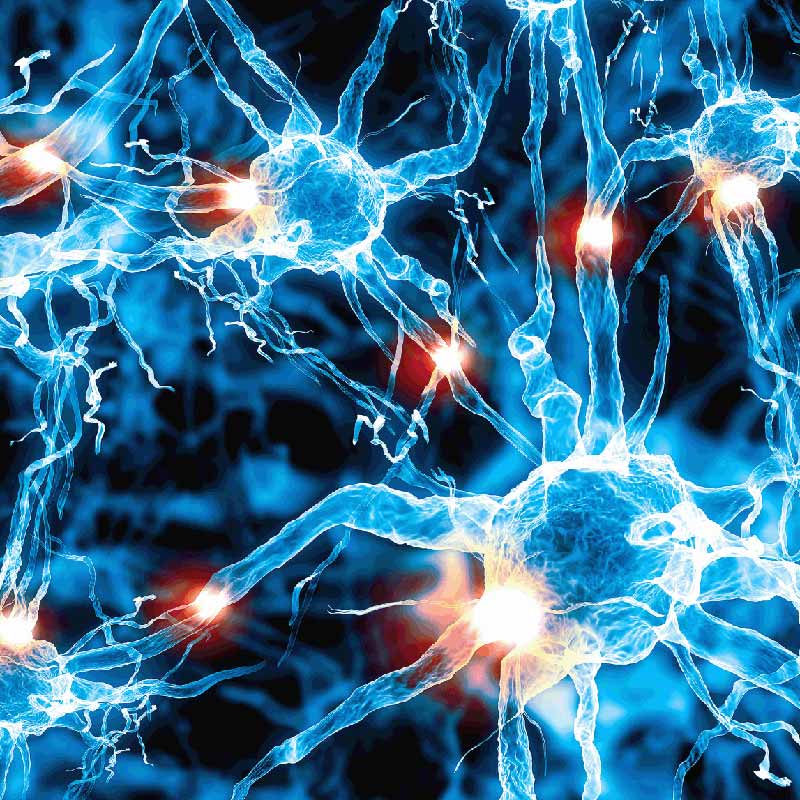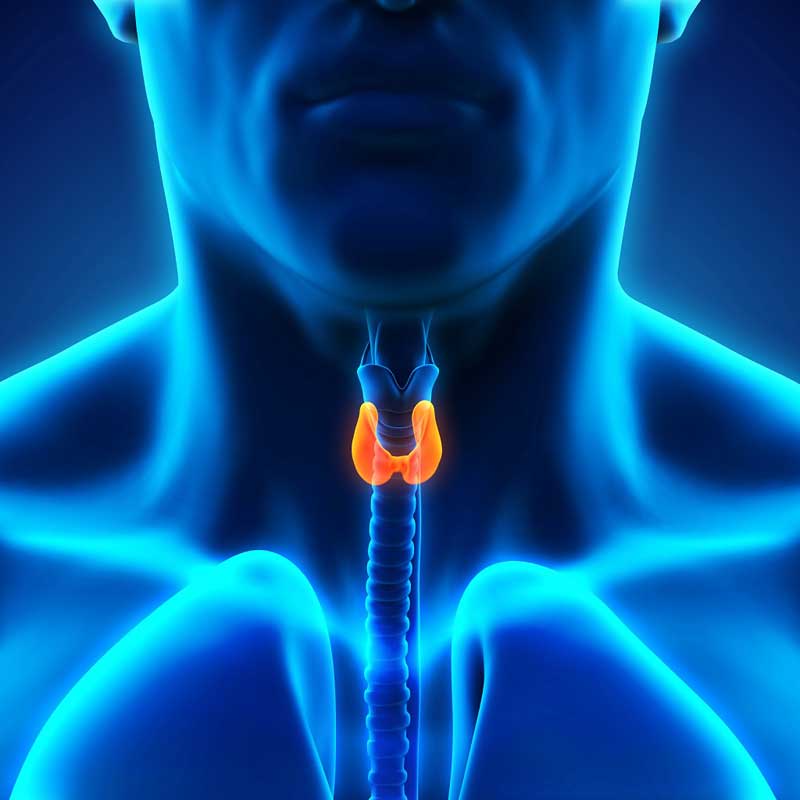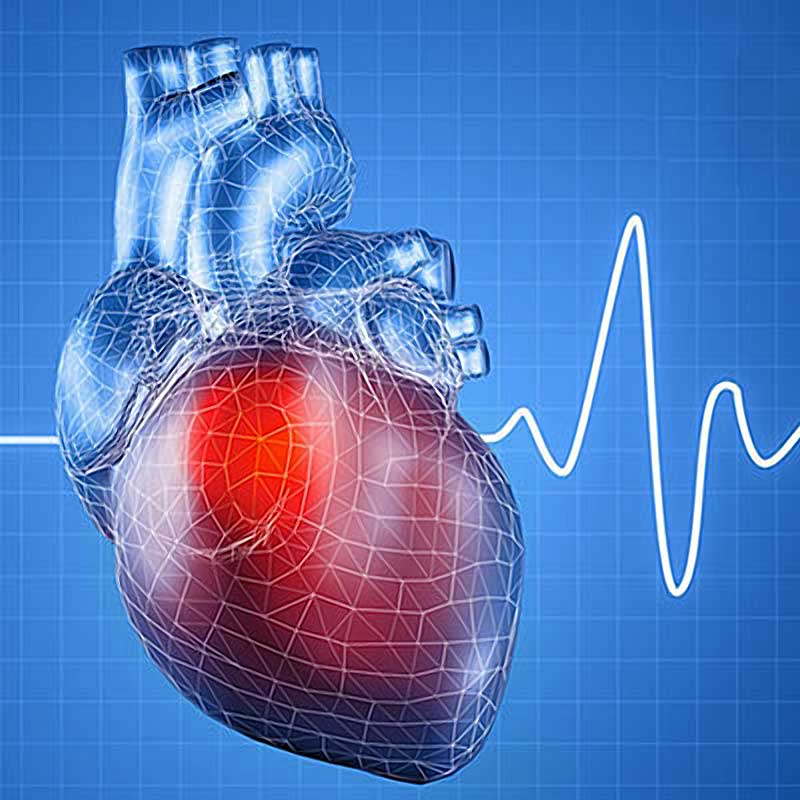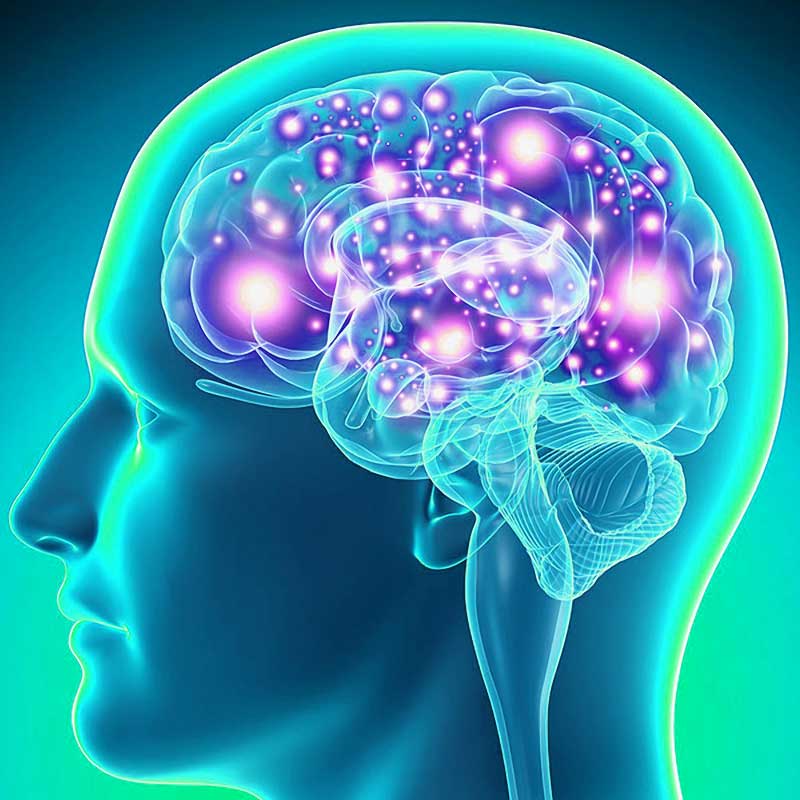Follow along with the NCCPA™ PANCE and PANRE Neurology Content Blueprint
- 35 PANCE and PANRE Neurology Content Blueprint Lessons (members only)
- 82 Question Comprehensive Neurology Exam
- Comprehensive Neurologic System Lecture and Slides with Joe Gilboy PA-C (video lesson)
- Neurology Pearls Flashcards + flashcards integrated into lessons
- 10 Neurology Pearls high yield summary tables
- Picmonic™ integrated Blueprint Lessons
- ReelDx integrated video content (available to SMARTYPANCE ReelDx Level subscribers)





